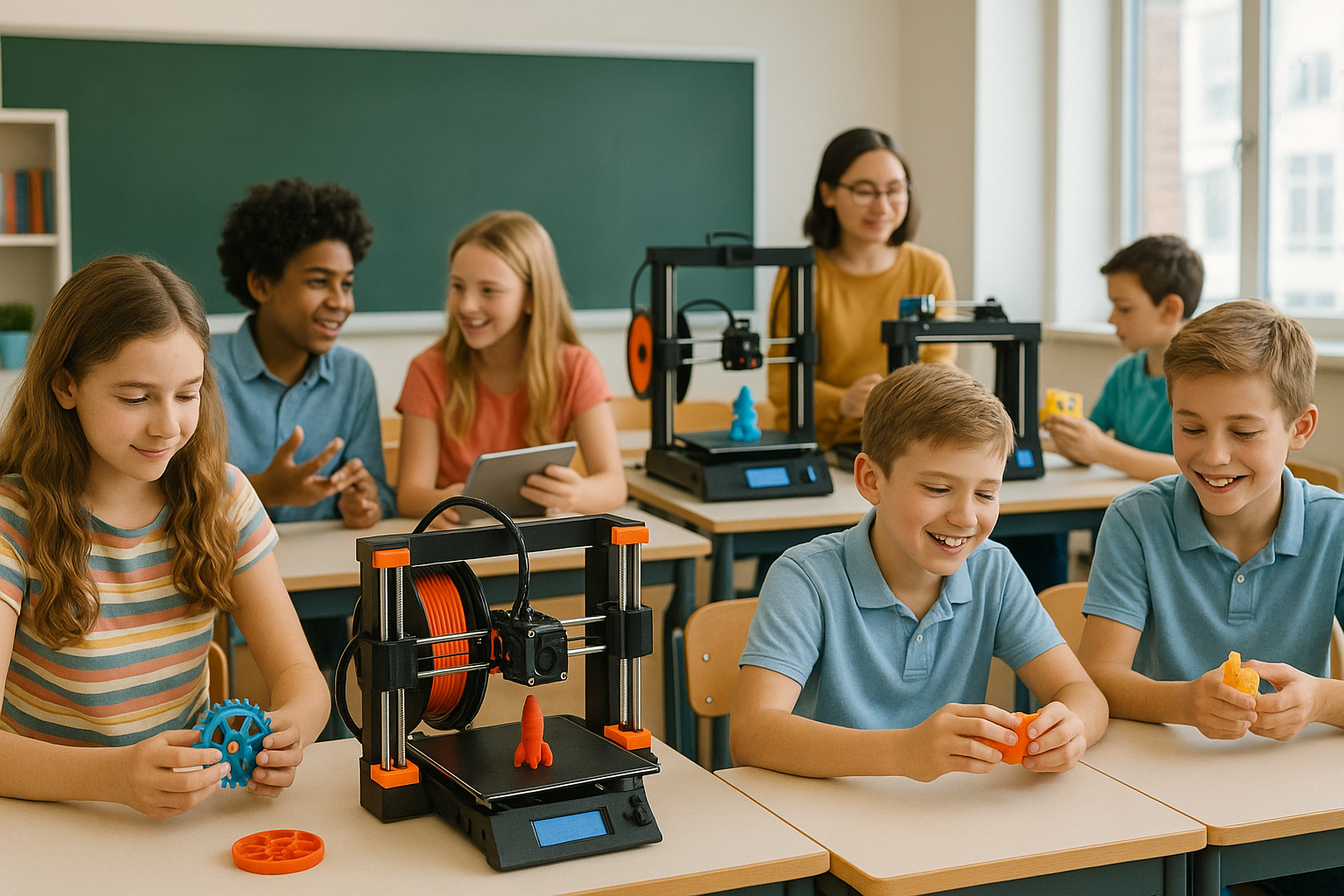Financing 3D Printers for Makerspace or Classroom Use
3D printing is no longer just a futuristic concept—it’s a hands-on tool used in makerspaces, classrooms, and STEM programs to teach design, engineering, and problem-solving. From prototyping to creating custom teaching aids, 3D printers give students and innovators a powerful way to bring ideas to life.
But with costs ranging from $2,000 for entry-level classroom models to $50,000+ for industrial-grade systems, many schools and makerspaces struggle to afford the upfront investment. That’s where equipment financing comes in.
Why Finance a 3D Printer Instead of Buying Outright?
-
Lower Upfront Costs – Spread large expenses into manageable monthly payments.
-
Cash Flow Protection – Keep funds available for staffing, supplies, and operations.
-
Faster Adoption – Implement cutting-edge tech without waiting years to save.
-
Upgrade Flexibility – Lease programs make it easy to replace outdated printers.
-
Grant Alignment – Pair financing with STEM and education grants.
Types of 3D Printers Eligible for Financing
✔ FDM Printers (Fused Deposition Modeling) – Popular in classrooms for affordability and versatility.
✔ SLA Printers (Stereolithography) – Used for high-detail prototypes and STEM labs.
✔ SLS Printers (Selective Laser Sintering) – For advanced makerspaces and engineering programs.
✔ Industrial 3D Printers – For technical schools and research institutions.
✔ Supporting Equipment – Filament, resin, computers, and design software.
Funding Options for Schools & Makerspaces
1. Equipment Loans
-
Fixed monthly payments.
-
Ownership from day one.
-
Best for long-term investment in durable printers.
2. Lease-to-Own Programs
-
Lower upfront costs.
-
Ownership transfers at lease-end.
-
Ideal for schools expanding their STEM programs.
3. Operating Leases
-
Lowest monthly costs.
-
Return or upgrade printers at lease-end.
-
Best for staying current with fast-changing 3D technology.
4. Grants & Education Funding
-
STEM Grants from state and federal programs often cover 3D printing.
-
Nonprofits and corporate sponsors (e.g., makerspace foundations, tech companies) frequently fund equipment.
-
DonorsChoose or community crowdfunding can supplement financing.
Example Financing Scenario
A middle school STEM lab wants:
-
4 FDM Printers @ $2,500 each = $10,000
-
1 SLA Printer for Advanced Projects = $7,000
-
Software Licenses & Supplies = $3,000
Total Investment: $20,000
With a 5-year lease-to-own program, payments are about $380/month. If the program improves enrollment in STEM electives or qualifies for a $5,000 grant, the equipment is more than affordable.
Tips for Financing 3D Printers
✔ Work with lenders familiar with educational and nonprofit financing.
✔ Bundle multiple printers, software, and materials into one package.
✔ Negotiate maintenance and training support in the lease or loan.
✔ Track ROI by measuring student participation, project outcomes, and grant eligibility.
✔ Consider scalable financing—start with a few printers, then expand as demand grows.
Final Thoughts
For schools, universities, and makerspaces, financing 3D printers is a smart way to expand STEM opportunities without overextending budgets. By combining loans, leases, and grant funding, educators can access cutting-edge technology today, preparing students for tomorrow’s workforce.











